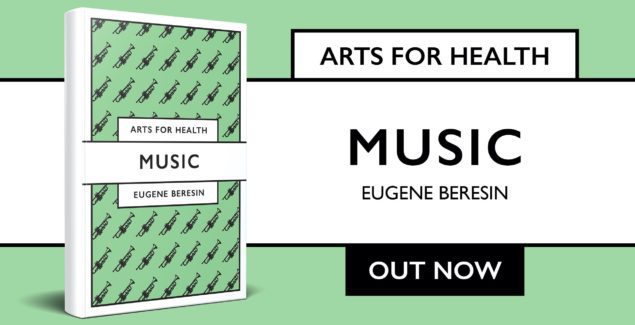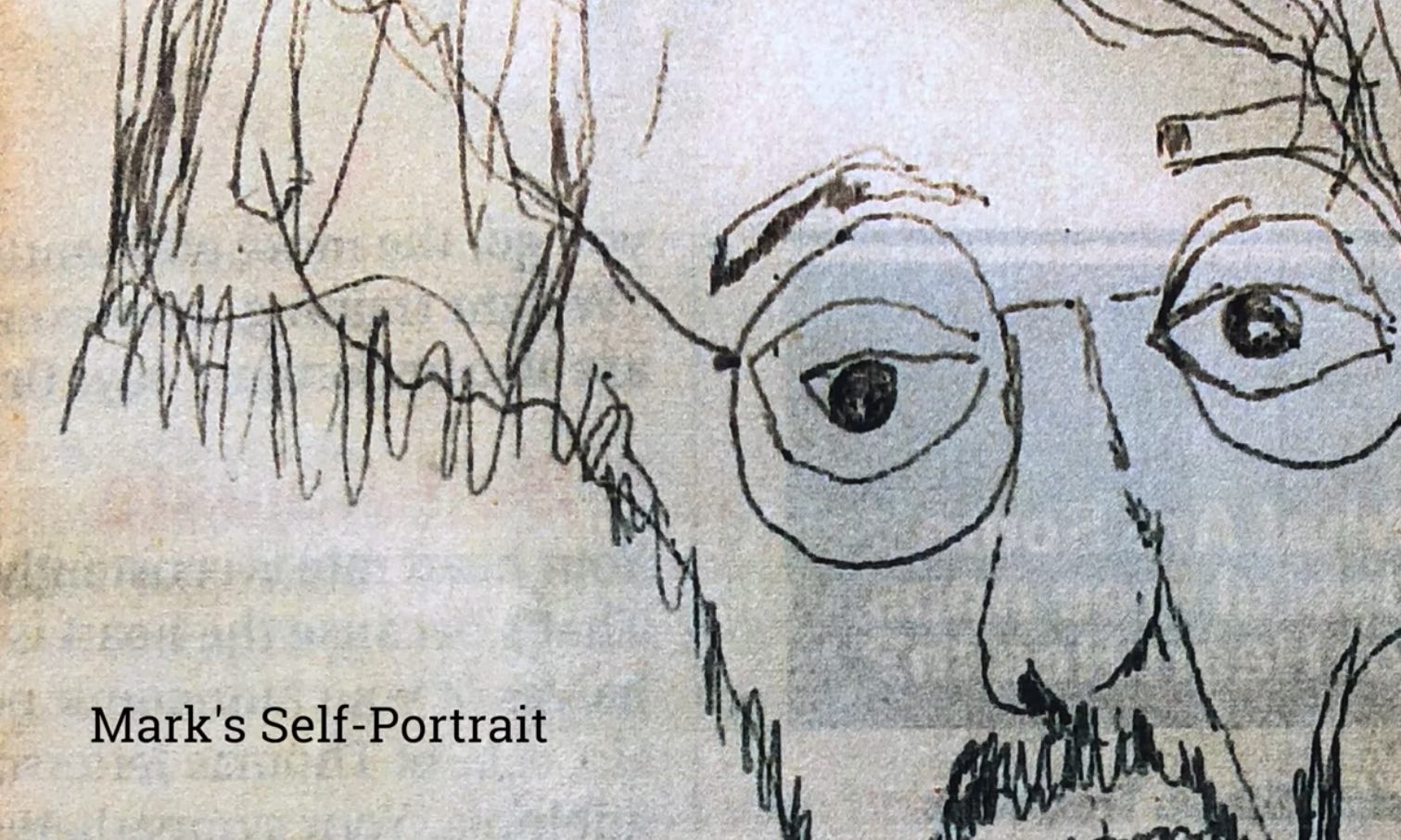Music (Arts for Health): Mental Health

Posted in: Hot Topics
Topics: Healthy Living, Hot Topics, Mental Illness + Psychiatric Disorders
This post is an excerpt from Dr. Beresin’s new book, Music. Additional sections include music’s impact on identity formation, improvement of stress, depression, anxiety, and more; vignettes on how music has impacted real lives; and practical ways for families and professionals alike to draw from the power of music to enhance well-being. Learn more about the book here.
You can also hear Dr. Beresin chat about his book and more on the ‘Enhance Life With Music‘ podcast. Tune in, below.
A. Mental Health
Mental health problems are quite amenable to music interventions. Most of us feel mood improving simply by listening to music, particular familiar music that has positive memories associated, or new music by artists we have long appreciated or even discovered in recent years. I would like to address issues and situations that include and go beyond diagnosis. For example, I will consider how music enhances social bonding across the lifespan from infants to the elderly; diminishes loneliness; enhances identity formation; and improves peri-natal conditions. In addition, music has been demonstrated to diminish symptoms of stress, anxiety, depression, trauma, autism, and psychosis.
Social Bonding
Numerous studies have shown that singing in small and large groups increases social cohesion (Loersch & Arbuckle, 2013) and it appears that the larger the group, the greater the effect. There are also studies that reveal an increase in endorphin levels (neurochemicals akin to opioids), and increases in oxytocin as well, the neurochemical that underlies attachment. Endorphins are critical to increasing pain thresholds. Other studies have shown the release of dopamine, important in enhancing pleasure (Bostic et al., 2019; Chanda & Levitin, 2013).
Most recently, research has shown that the degree one is affected by listening to music is tied to one’s sense of belonging to a group, and this likely has an evolutionary underpinning, related to group living. Thus, music helps us connect with groups (Clift et al., 2010). After all, we humans are pack animals, and affiliation with groups has long been a measure of survival. The combination of pleasure inducing neurochemicals, those that promote attachment, and the experience of affiliation and bonding, all enhance social connection and feelings of well-being.
In a pilot study researchers showed that when psychiatric patients, many suffering from psychosis, could jam with each other and with staff, both staff and the patients felt a greater sense of connection. Not only does this represent mutual recovery, but it also demonstrates that group cohesion is enhanced by “leveling the playing field,” and all feeling part of a group. The jam group had a history of 9 years monthly and had no negative impact on treatment. Far from it. Many of the clinicians present in the jam sessions felt that their connection with patients improved and so did their treatment (Callahan et al., 2017).
Other research has revealed the value of singing in reinforcing mother–infant attachment. Maternal singing more than speech increased visual fixation, and decreased movement, indicating greater infant engagement. The researchers considered that the regularity and repetitiveness of singing (consider a lullaby), seemed to enhance attachment, compared with the variability of speech (Nakata & Trehub, 2004). Other studies have found that synchronicity, the matching of behavior and emotional states, was associated with better cognitive and behavioral development in infants. One way the mother relates to an infant through synchrony involves mutuality, reciprocity, rhythmicity, harmonious interaction, and turn taking through singing (Leciere et al., 2014).
Diminished loneliness
Research by the British Broadcasting Corporation (BBC) and Cigna, in two large-scale studies, shows that the Gen Z and Millennials are the loneliest generation in the population, even more than the elderly. The reasons for this are not clear, but the consequences are potentially significant. Loneliness has serious mental health consequences including emotional problems, such as increased risk for suicide; poor sleep and the consequences of sleep deprivation, including cognitive impairment, inattention, emotional blunting, and decreased productivity; difficulties with self-regulation evidenced by emotional over-eating, excessive drinking, smoking, substance misuse; and high cholesterol, increased blood pressure, and blunted immune response (Hawkley & Cacioppo, 2010).
While we don’t know the reasons that young people are feeling so lonely, it is not as many people conclude, solely caused by overuse of social and digital media, but rather likely includes multiple causes such as over-scheduling and increased academic and other school pressures, community, and athletic related demands. It should be noted that these studies preceded the isolation due the pandemic but contributed to a perfect storm during it. To add to the storm, young people are worried and demoralized about the state of the world they are inheriting. Many are distressed about climate change, economic downturn, gun control, disparities against people of color, outright racism, marginalization of immigrants and LGBTQ young people, and sexual harassment among other social issues. These problems were often expressed by young people through groups and demonstrations, and then they faced the lockdown of COVID. A developmental derailment, and one that preceded COVID, with far too many issues to deal with noted above, as well as their own need for the normal developmental tasks of separation from family, autonomy, and identity formation, likely added to the perfect storm of loneliness and often attendant depression (Mushtaq et al., 2014). One study showed that loneliness had a significant impact on modulating negative emotions during lockdown (Chiu, 2020).
It should be noted that the second most common group sustaining loneliness are the elderly. Their situation is often compounded by loss, bereavement, and declining cognitive functioning. They too have associated depression along with their loneliness.
There are many ways to help, and one is the use of music. The two primary forms of musical intervention include active music therapy techniques, including singing, improvisation and music composition with lyric writing, and passive or receptive music therapy techniques, such as progressive muscle relaxation and guided imagery (Karapetsas & Laskarki, 2015). Some have pointed out that when improvising mirror neurons in the brain are activated, and when fired up, make us feel closer to others through the process of identification (Molnar-Szakacs & Overy, 2006).
Generally listening to music has been an effective means for mood regulation, expression of feelings and emotions, and this expression has been particularly robust in the elderly. Participation in group singing helps both young and old (Clift et al., 2010). Music creates a sense of social belonging when watching music videos with friends or sharing playlists. This is true for adolescents who simply listen alone or watch music videos or share playlists with friends. When listening, even when alone, the brain knows it came from a human agent, and hence is experienced as a social phenomenon. When listening to music, you are never alone.

 Share
Share Tweet
Tweet




